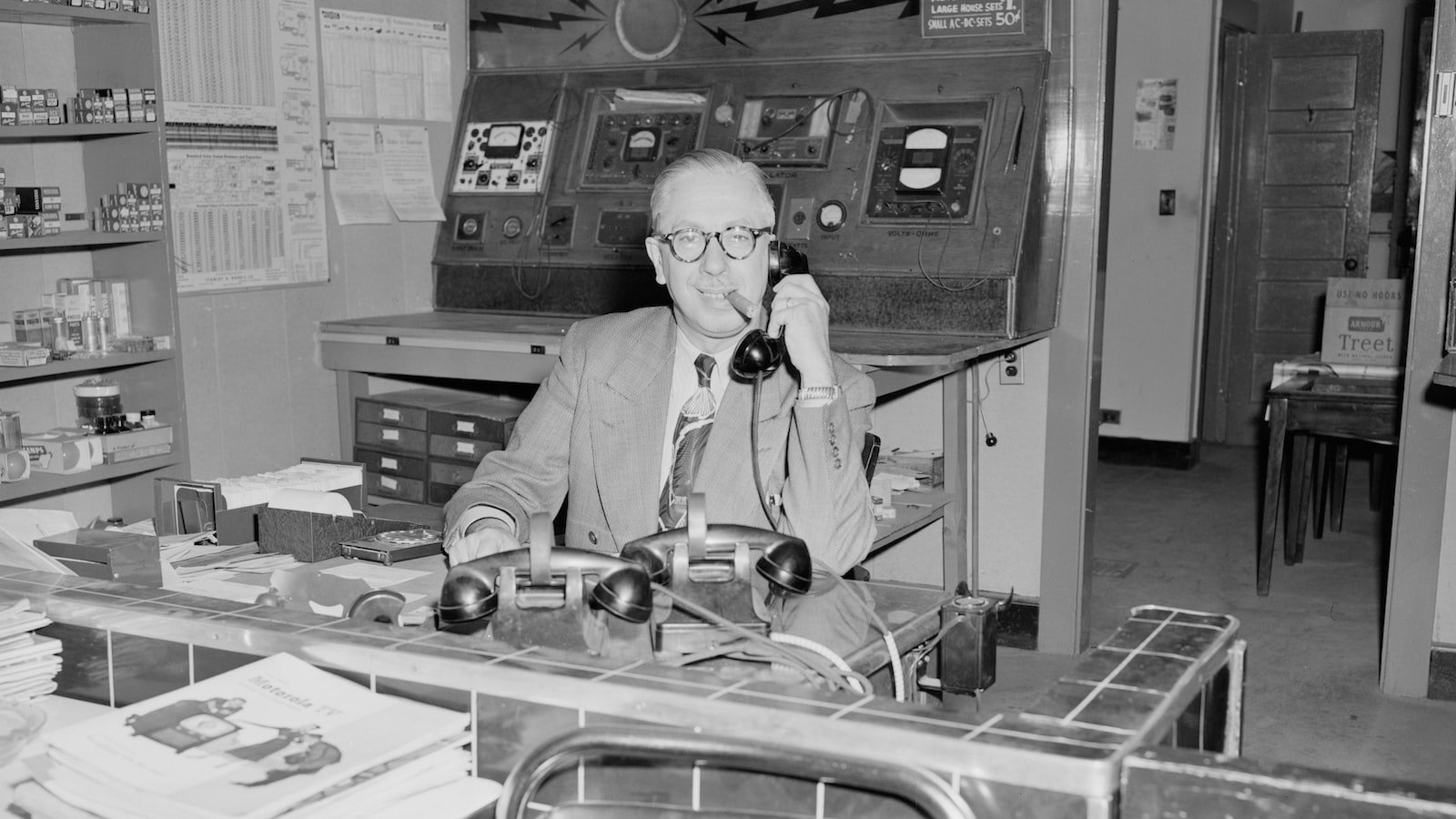Capturing the fleeting beauty of the world around us, photography has an enchanting allure that pulls us into its mesmerizing depths. Whether you’re a novice yearning to immortalize life’s precious moments or a budding enthusiast eager to dive into the realm of visual storytelling, one thing is certain: the right gear can transform your creativity from mundane to magnificent. In this vibrant journey towards photographic mastery, we explore the must-have equipment for beginners, equipping you with the tools to snatch glory from moments and weave your artistic vision into reality. Join us as we unravel the secrets to unleashing your creative potential and unveil the essential photography gear that will send you soaring towards new horizons.
Understanding the Basics: Essential Camera Equipment for Beginner Photographers
Embarking on the journey of photography is as exciting as it is daunting for any beginner. While the world of camera equipment may seem overwhelming, fear not, for we are here to guide you through the essential tools you’ll need to kickstart your photography adventures. Let’s delve into the key equipment that will elevate your skills and capture breathtaking moments.
1. Digital Single-Lens Reflex (DSLR) Camera:
A DSLR camera is a vital tool in any photographer’s arsenal. It empowers you to capture images with stunning clarity and artistic control. Ensure you choose a camera that fits your budget and requirements, keeping in mind factors like sensor size, megapixel count, and ISO capabilities. Don’t forget to consider the weight and ergonomics, as they can greatly impact the comfort during long shooting sessions.
2. Versatile Lenses:
Investing in a variety of lenses is crucial in expanding your photographic possibilities. Start with a versatile zoom lens that covers a wide range of focal lengths, allowing you to capture both sweeping landscapes and intimate portraits. Additionally, a prime lens with a fixed focal length is perfect for achieving stunning depth of field and tack-sharp images. Get creative and experiment with different lenses to transform ordinary scenes into extraordinary visual stories!
3. Sturdy Tripod:
While your hands may be steady, a tripod is an absolute game-changer when it comes to capturing those long exposures, shooting in low light, or taking group selfies. Look for a tripod that is lightweight yet sturdy, ensuring stability in various environments. This essential tool will provide you with the freedom to take your time, compose your shots perfectly, and eliminate any camera shake, resulting in crisp and professional-looking images!
Remember, these are just the basics to get you started on your photographic journey. As you progress, you may explore additional tools such as external flashes, filters, and remote shutter releases. With practice, patience, and a passion for capturing beautiful moments, your photography skills will blossom, and your collection of camera equipment will only grow!

Getting the Right Lens: Key Considerations and Recommendations for Beginners
When it comes to photography, choosing the right lens is essential to capturing stunning images. As a beginner, navigating the world of lenses can feel overwhelming, but fear not! We’ve compiled a list of key considerations to help you make an informed decision and some top recommendations to get you started on your photographic journey.
1. Understand Your Photography Style
Before diving into the lens selection process, take a moment to reflect on your photography preferences. Are you passionate about landscapes, portraits, or street photography? Each style calls for different lenses. Wide-angle lenses are fantastic for capturing expansive scenes, while telephoto lenses excel at isolating subjects and capturing fine details.
2. Aperture and Focal Length
Aperture and focal length are two crucial factors to consider when choosing a lens. A wider aperture (indicated by a lower f-number) allows more light in, making it ideal for low-light conditions and achieving that beautiful background blur. Focal length determines the lens’s zoom capabilities; shorter focal lengths capture wider scenes, while longer focal lengths offer increased zoom. Consider opting for a lens with a versatile focal length range and a variable aperture for greater flexibility.
3. Budget-Friendly Recommendations
For beginners on a budget, there are excellent lens options available that offer exceptional image quality without breaking the bank. Some popular recommendations include the Canon EF 50mm f/1.8 STM, known for its versatility and exceptional bokeh, and the Nikon AF-S DX NIKKOR 35mm f/1.8G, perfect for low-light photography and stunning portraits.
In conclusion, selecting the right lens is crucial to enhance your photography skills. Understand your preferred style, consider aperture and focal length, and explore budget-friendly recommendations to kick-start your photographic endeavors. With the right lens in hand, get ready to capture awe-inspiring moments that tell your story.

Supporting Your Shots: Must-Have Tripods and Camera Stabilization Accessories
When it comes to capturing stunning and steady shots, having the right tripods and camera stabilization accessories can make all the difference. These essential tools not only eliminate camera shake but also allow photographers and videographers to experiment with different angles and compositions. Here are some must-have options that will revolutionize your visual storytelling:
1. Versatile Tripods: A tripod is the backbone of stability for any photographer. Look for one that offers versatility in terms of height adjustment, angle options, and weight support. Whether you’re shooting landscapes, portraits, or action shots, a good tripod will keep your camera perfectly steady, allowing you to focus on capturing the perfect moment.
2. Monopods: For those moments when lugging around a full tripod isn’t practical, a monopod can be a lifesaver. Light and compact, a monopod provides stability without the bulk. Perfect for fast-paced shoots or situations where mobility is key, it allows you to easily brace yourself while shooting and minimizes hand trembles, resulting in sharper and more professional-looking images.
3. Gimbal Stabilizers: For videographers looking to take their footage to the next level, a gimbal stabilizer is a game-changer. These innovative tools keep cameras steady while allowing for smooth and fluid movement, even in dynamic environments. Whether you’re capturing cinematic footage or shooting action-packed sequences, a gimbal stabilizer ensures your shots are stunningly steady and visually captivating.
4. Tripod Accessories: Enhance your tripod’s capabilities with a range of useful accessories. From tripod heads with advanced features like 360-degree rotation or pan-and-tilt functionalities, to tripod mounts that allow for easy smartphone or tablet integration, these accessories expand the creative possibilities of your setup. Additionally, don’t forget essentials like quick-release plates, spiked feet for added stability on uneven terrain, or even waterproof cases for outdoor shoots.
Investing in high-quality tripods and camera stabilization accessories is a wise move for any visual storyteller. Not only do these tools provide rock-solid stability, but they also unlock a world of creative possibilities. With the right support, your shots will be sharper, more professional, and truly awe-inspiring.

Lighting the Way: Essential Lighting Equipment for Beginner Photographers
Manually manipulating light is an art form that can truly elevate your photography. As a beginner photographer, having the right lighting equipment in your arsenal is crucial to unlock the creativity and depth of your images. We’ve curated a list of essential lighting tools that will help you master the art of lighting and take your photography to the next level.
1. Speedlight Flash
An essential lighting gear for beginners is a speedlight flash. This versatile tool allows you to control the direction, intensity, and quality of light in your photos. Whether you’re shooting indoors or outdoors, a speedlight flash can add a beautiful fill light to your subjects, eliminate harsh shadows, or even create stunning studio-like portraits with a touch of creativity.
2. Reflector
Don’t underestimate the power of a reflector in your photography kit. This inexpensive piece of equipment can bounce natural or artificial light onto your subject, instantly improving the lighting conditions. A reflector helps fill in shadows, add a gorgeous catchlight to the eyes of your subjects, or even act as a makeshift diffuser. Its easy portability makes it a must-have tool for both indoor and outdoor shoots.
3. Continuous Lighting
For beginners who prefer a hands-on, real-time approach to lighting, continuous lighting is the way to go. These constant light sources allow you to see exactly how your lighting is affecting the scene, making it easier to adjust and experiment until you achieve the desired look. From LED panels to fluorescent lights, continuous lighting offers versatility and flexibility for various photography styles, including portraits, still life, and videos.
4. Softboxes and Umbrellas
Softboxes and umbrellas are perfect tools for diffusing and spreading light, providing a softer and more even illumination on your subjects. With softboxes, you can create beautifully diffused lighting for portraits, products, or larger scenes. Umbrellas, on the other hand, are versatile and budget-friendly options for beginners. They come in various types, such as shoot-through or reflective, and can be easily adjusted to control the intensity and direction of light.

Investing in Post-Processing: Recommended Software and Editing Tools for Beginners
Now that you have mastered the art of capturing stunning photographs, it’s time to delve into the world of post-processing. Enhancing your images can take them from good to exceptional, and with the right software and editing tools, you can unleash your creativity and bring your vision to life. Whether you’re a beginner or a seasoned photographer looking to explore new avenues, here are some highly recommended options to help you achieve your editing goals:
Adobe Lightroom
Considered the industry standard for photo editing, Adobe Lightroom is an incredibly versatile software that caters to photographers of all skill levels. Its user-friendly interface and comprehensive array of features make it an ideal choice for beginners. Lightroom allows you to organize, edit, and enhance your images with ease, offering a range of tools such as exposure adjustments, color correction, and advanced filters. Additionally, its non-destructive editing capabilities ensure that your original files remain untouched, allowing you to experiment without fear of losing any precious details.
GIMP
If you’re on a budget or prefer open-source software, GIMP (GNU Image Manipulation Program) is an excellent alternative to Adobe Lightroom. This free software provides a wide range of editing tools, similar to those found in paid programs. With GIMP, you can retouch photos, adjust colors, add effects, and even create your own presets. While it may take a bit of time to familiarize yourself with the interface, there are countless online tutorials and a dedicated community of users ready to help you along your editing journey.
Nik Collection by DxO
For those looking to take their creativity to new heights, the Nik Collection by DxO is a powerful suite of plug-ins that seamlessly integrates with Adobe Lightroom and Photoshop. This collection offers a variety of innovative tools and filters that effortlessly enhance your images. From precise noise reduction and sharpening to unique effects like film simulations and bokeh, the Nik Collection provides photographers with endless possibilities to elevate their work. With a user-friendly interface and intuitive controls, this software is a valuable addition to any beginner’s editing toolkit.
Remember, investing in post-processing software and editing tools is just the beginning. Practice, experimentation, and a keen eye for detail will ultimately help you develop your unique editing style and produce breathtaking images. So, explore these recommended options, try them out, and let your creativity soar!
Closing Remarks
As we wrap up this captivating journey into the world of photography gear essentials, it is our sincerest hope that you have found this article not only enlightening but also inspiring.
Embarking on the path of photography as a beginner can often seem daunting, navigating through a sea of equipment choices, specifications, and industry jargon. However, armed with the knowledge and understanding of these must-have essentials, you are now equipped to embark on your photographic adventures with confidence.
Remember, dear reader, that photography is an art that transcends technicalities and numbers. It is a medium that allows us to capture moments, feelings, and stories with a single click of a shutter. So, as you delve into the world of photography gear, keep in mind that your own unique perspective and creative eye are equally vital to producing captivating images.
With the knowledge gained from this article, you now possess the power to immortalize breathtaking landscapes, capture intimate portraits, or frame the beauty of everyday life with precision and finesse. As you experiment with different lenses, master the art of exposure, and familiarize yourself with the nuances of post-processing, remember to explore your own creative boundaries.
Your journey as a photographer is not measured solely by the gear hanging around your neck or the software installed on your computer. It is a continuous evolution of your vision, your ability to tell stories through images, and your connection with the world around you. Embrace the challenges encountered along the way, as they will undoubtedly shape you into a stronger, more resilient artist.
So, dear beginner, as you embark on your photographic voyage armed with the knowledge of these photography gear essentials, may your images transport viewers to another world, evoke emotions, and stand as a testament to your unique perspective. Embrace the art of capturing moments, for within each frame lies the potential for a lifetime of memories, frozen in time for all to behold.
Now, go forth with your camera in hand, let your creativity soar, and unleash the photographer within you. The world eagerly awaits your artistic vision!




